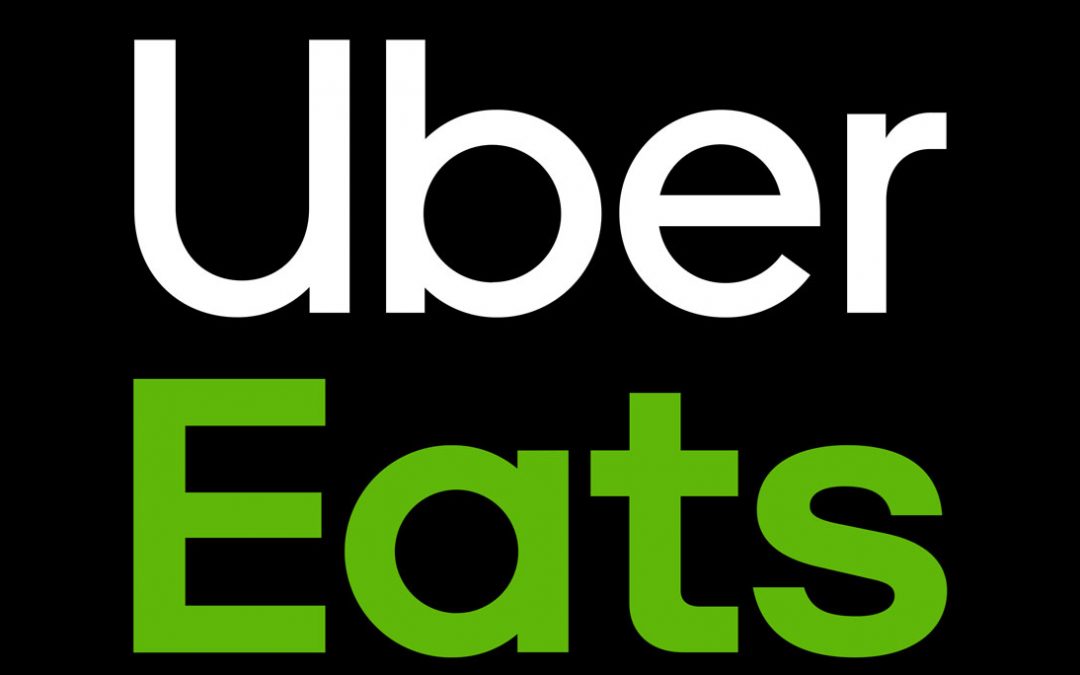Ridesharing and food-delivery giant Uber had a rough quarter as ridesharing was essentially hollowed out, but food delivery served as a bright spot in the company’s second-quarter results.
Uber depends on travel and commuting, and looking around the COVID-era world, that’s not happening. Travel was down 75 percent in July according to the Transportation Security Administration (TSA), and that’s an improvement from being down 86 percent in June. At the peak of the pandemic, scores of people were working from home.
With two key travel months wiped out by the pandemic and the radical whiplash of working from home, it’s no wonder Uber’s mobility (the term the company uses to describe all manner of ridesharing) bookings were down 73 percent in the second quarter. That pushed revenue down significantly, it sank 29 percent year over year to $2.2 billion. Mobility earnings dropped to $50 million, down a staggering $456 million year-over-year.
But some profit demonstrates the power of a gig company to withstand shocks still pretty well without the fixed cost of employing people, according to CFO Nelson Chai, who also highlighted improved delivery earnings before interest, taxes, depreciation and amortization (EBITDA) and cuts to the company.
“Our Mobility segment generated $50 million in adjusted EBITDA profit, despite a 73 percent year-over-year decline in gross bookings, on a constant currency basis,” said Chai in an earnings release. “Meanwhile, we improved our delivery adjusted EBITDA margin by 33 percentage points, and took quick and decisive action to remove over $1 billion in annualized costs across the entire company, reducing corporate G&A and platform R&D costs by over $150 million compared to last quarter. All this, in addition to our strong balance sheet, bolsters our continued confidence that we will achieve adjusted EBITDA profitability before the end of 2021.”
Delivery bookings surged by 113 percent year-over-year, as all those once-commuters and travelers helped expand the delivery sector dramatically. Uber Eats delivery revenue jumped 103 percent, but the segment still lost money. In all, the company lost $232 million on the unprofitable business arm, though the increased volume meant an improvement of $54 million year-over-year.
CEO Dara Khosrowshahi said in the earnings call that as a global player, the company is already seeing improvements beyond just the surge in delivery.
“If restrictions continue or need to be re-imposed, our delivery business will compensate. And as a scaled global player, we get the recovery whenever and wherever it happens, even if some cities and countries lag behind others,” said Khosrowshahi. “We’ve leveraged these two factors to grow total company gross bookings at constant currency from the Q2 bottom of negative 45 percent year-on-year to about minus 12 percent in the month of July, driven by mobility being down 53 percent year-on-year and delivery up 134 percent year-on-year.”
He went on to say that delivery, while still losing money, has seen an exceptional growth in the past three years and has been pushed along by the pandemic in a way Uber never was. That bodes well for the segment. As Uber watchers remember, the company lost $4.5 billion in 2017.
“Our delivery business alone is now as big as our Rides business was when I joined the company in 2017. We’ve essentially built a second Uber in under three years, with an accelerating growth profile, a global footprint and an enormous TAM [total addressable market],” said Khosrowshahi. “And while some of the recent surge in delivery due to COVID, I believe we’re witnessing a much more profound shift in consumer behavior that will last well beyond the pandemic. Consumers are quickly becoming accustomed to the magic of having anything delivered to their door in half an hour, much like the magic of having a car show up in a few minutes. This is an opportunity that will be many times larger than even we expected and one that Uber is uniquely positioned to lead.”
The pandemic has also allowed the company to essentially shift its focus to delivery instead of the dual focus of ridesharing and delivery. Khosrowshahi said that prompted the company to expand marketing around the subscription Eats Pass and an incoming dual subscription model that includes delivery and mobility. He said those efforts have brought in new users, more “active eaters,” larger orders and better retention.
As referenced in the earnings release, delivery has gotten more efficient too, as Chai dug into on the earnings call.
“Delivery [revenue] of $885 million was up 163 percent due to mix shift towards small and medium-sized restaurants, driving higher basket sizes, coupled with courier payment efficiencies, mainly in the U.S. delivery revenue-take rate was 12.7 percent, up 240 basis points year-over-year and up 140 basis points quarter-over-quarter due to overall improvement in basket sizes and rationalization of incentive spend,” said Chai.




